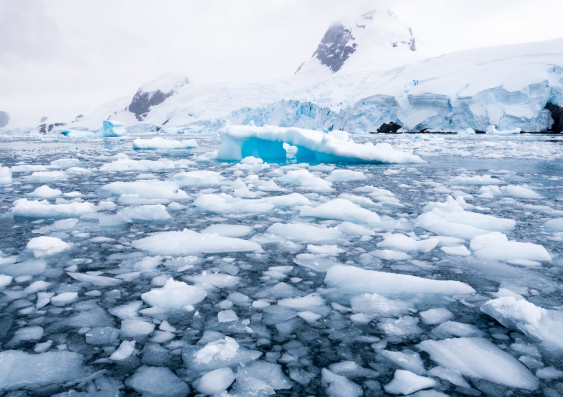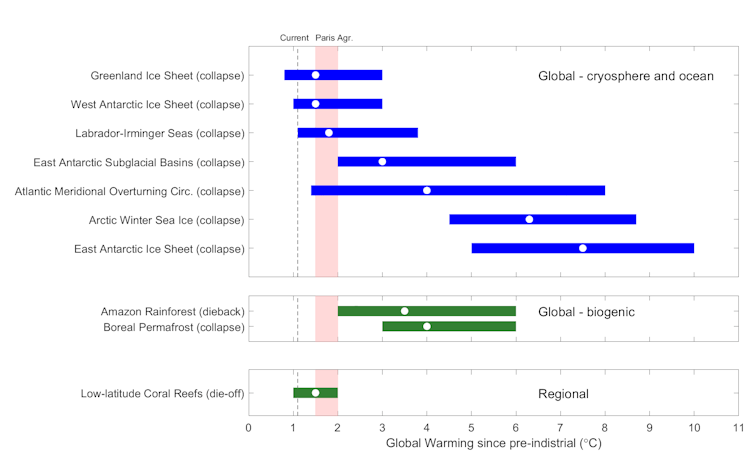Dangerous climate tipping points will affect Australia. The risks are real and cannot be ignored
We don't yet fully understand what global climate tipping points mean for Australia. But we know enough to conclude the impacts of passing one or more tipping points must now be considered.



